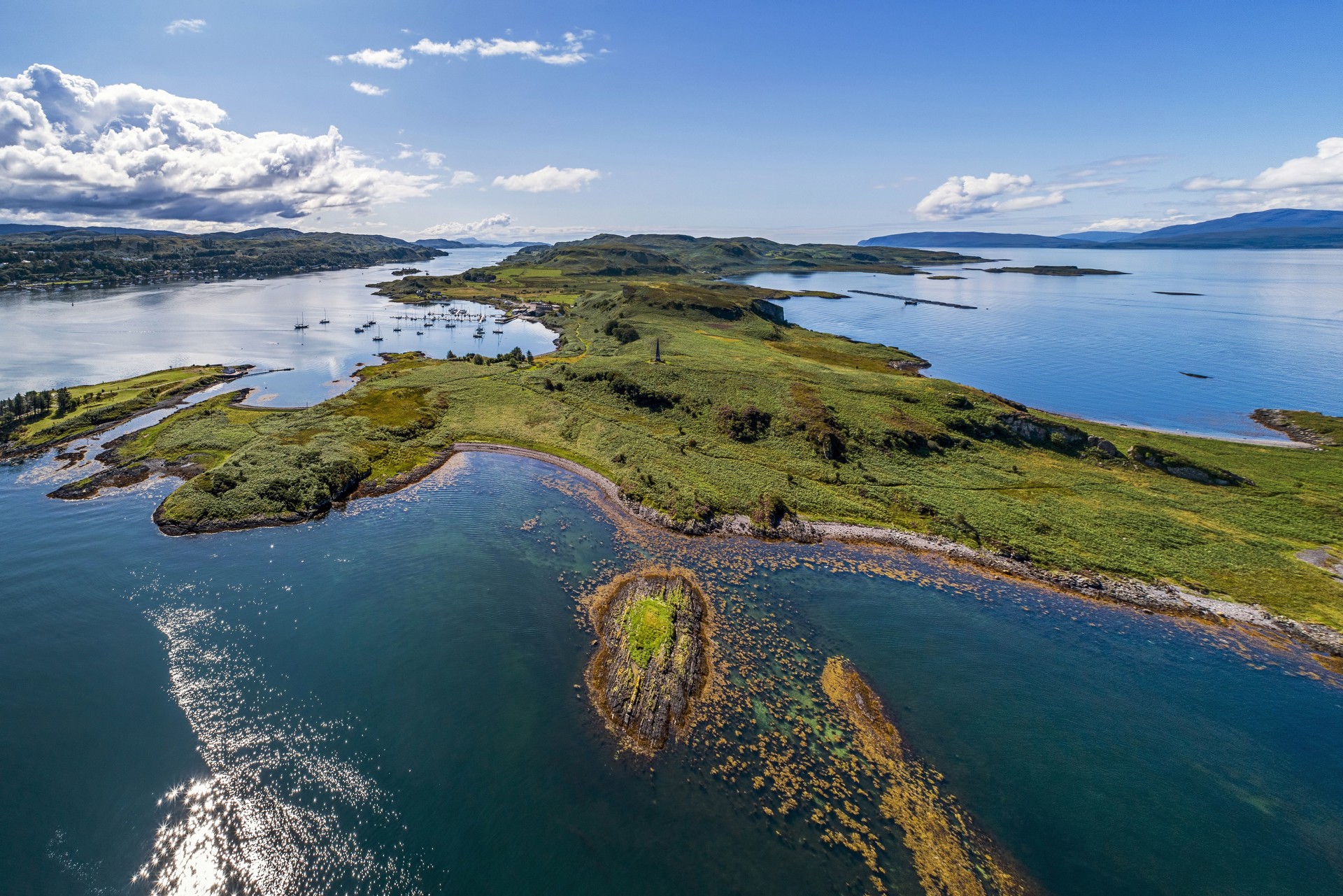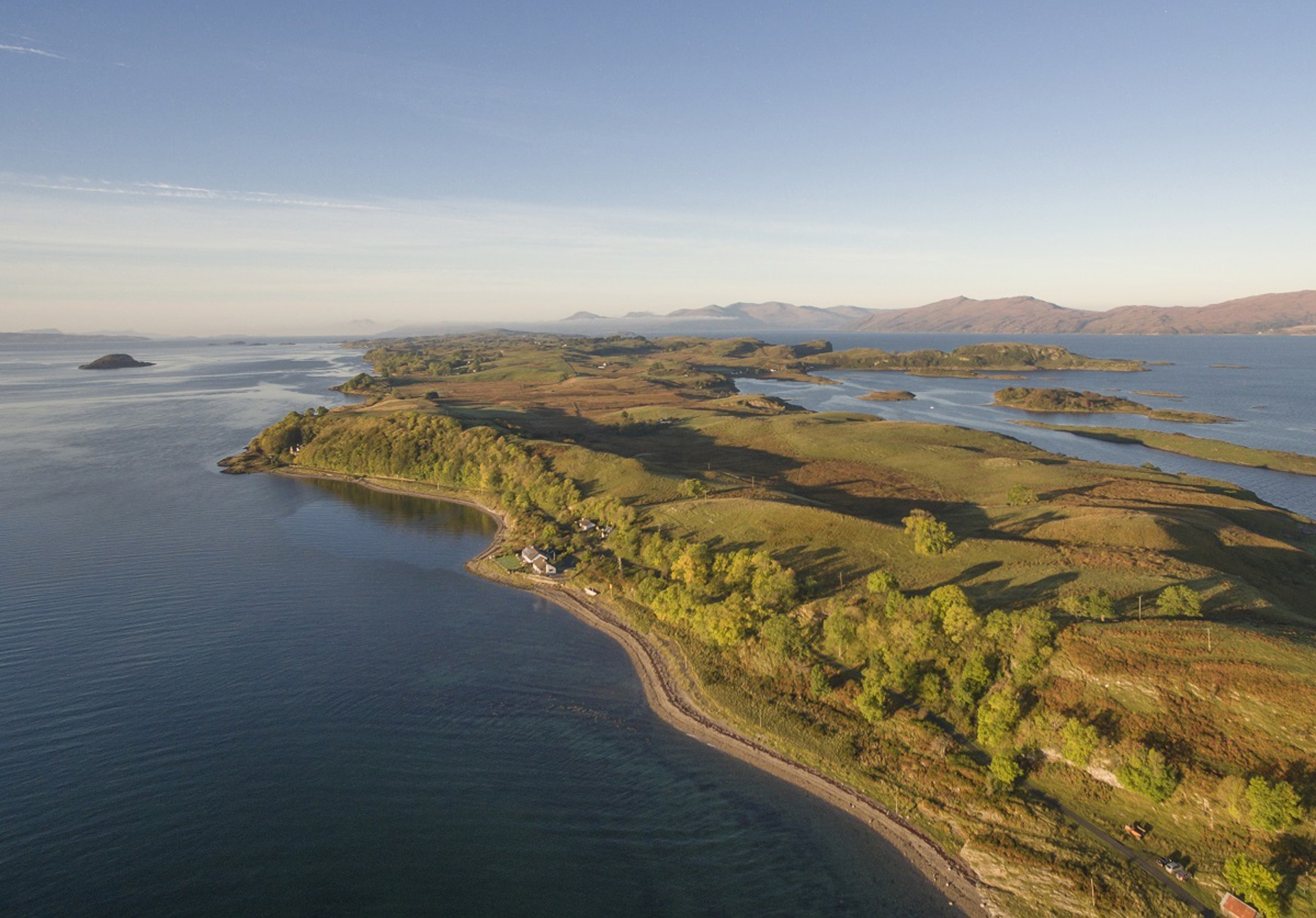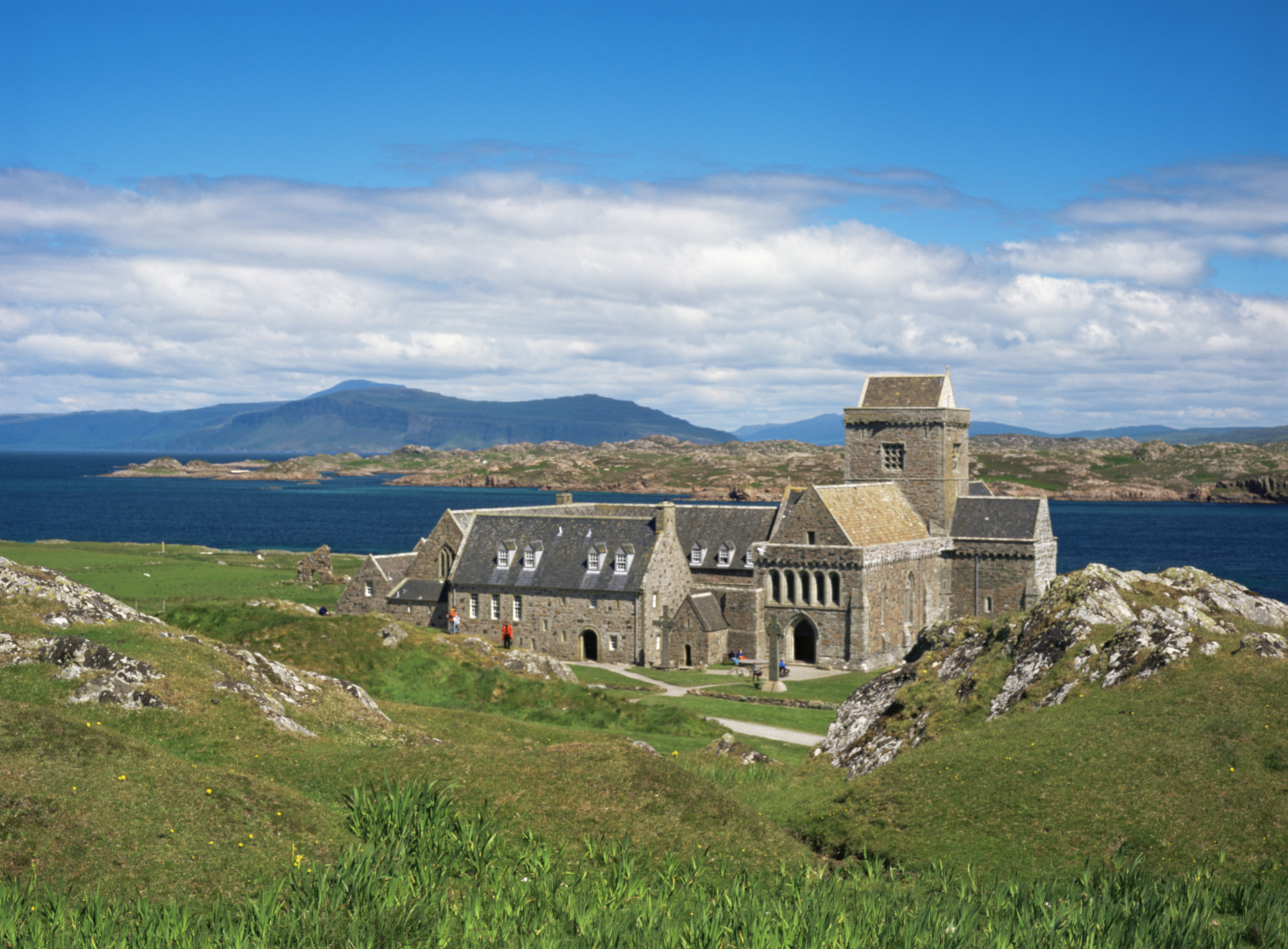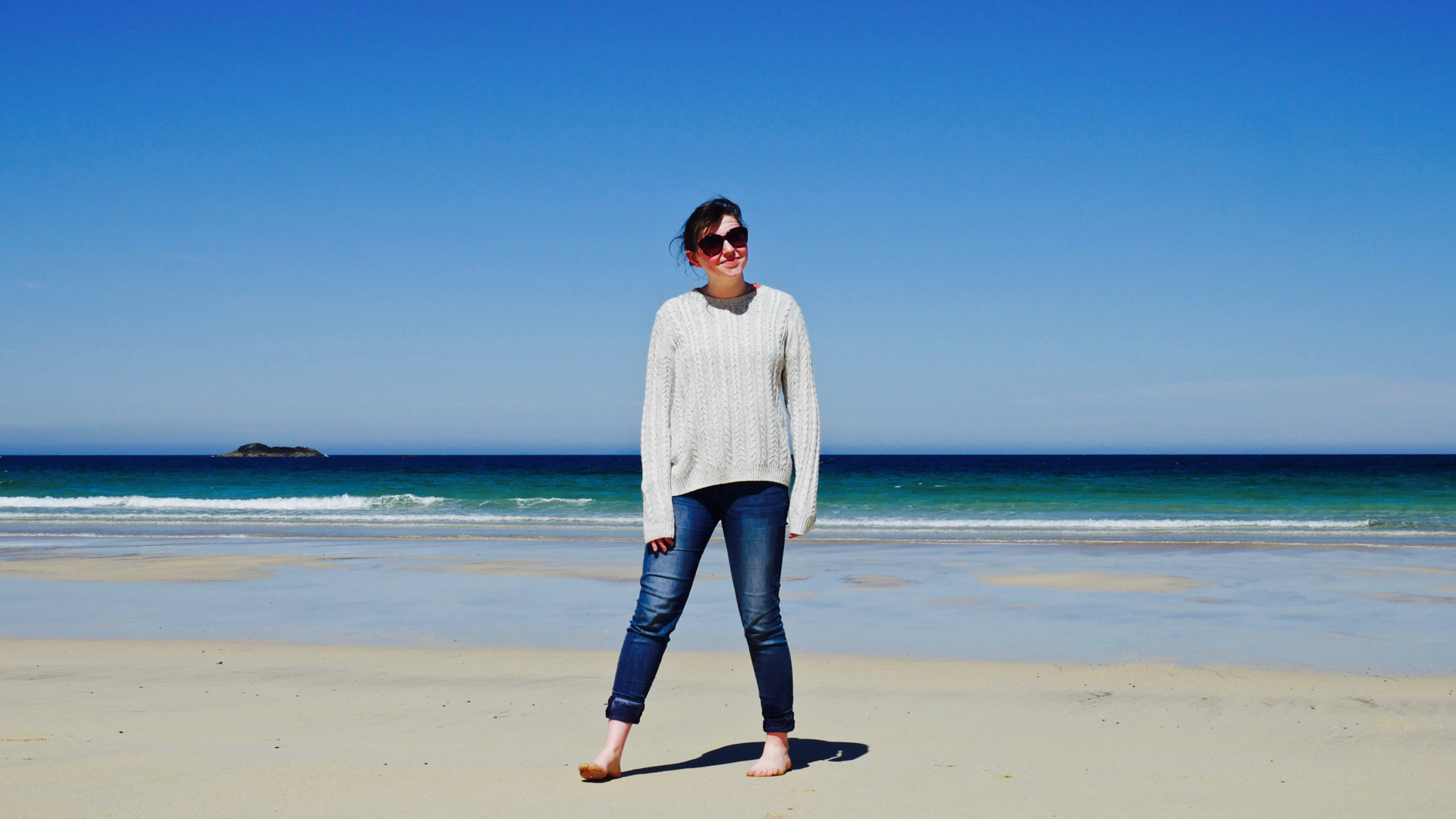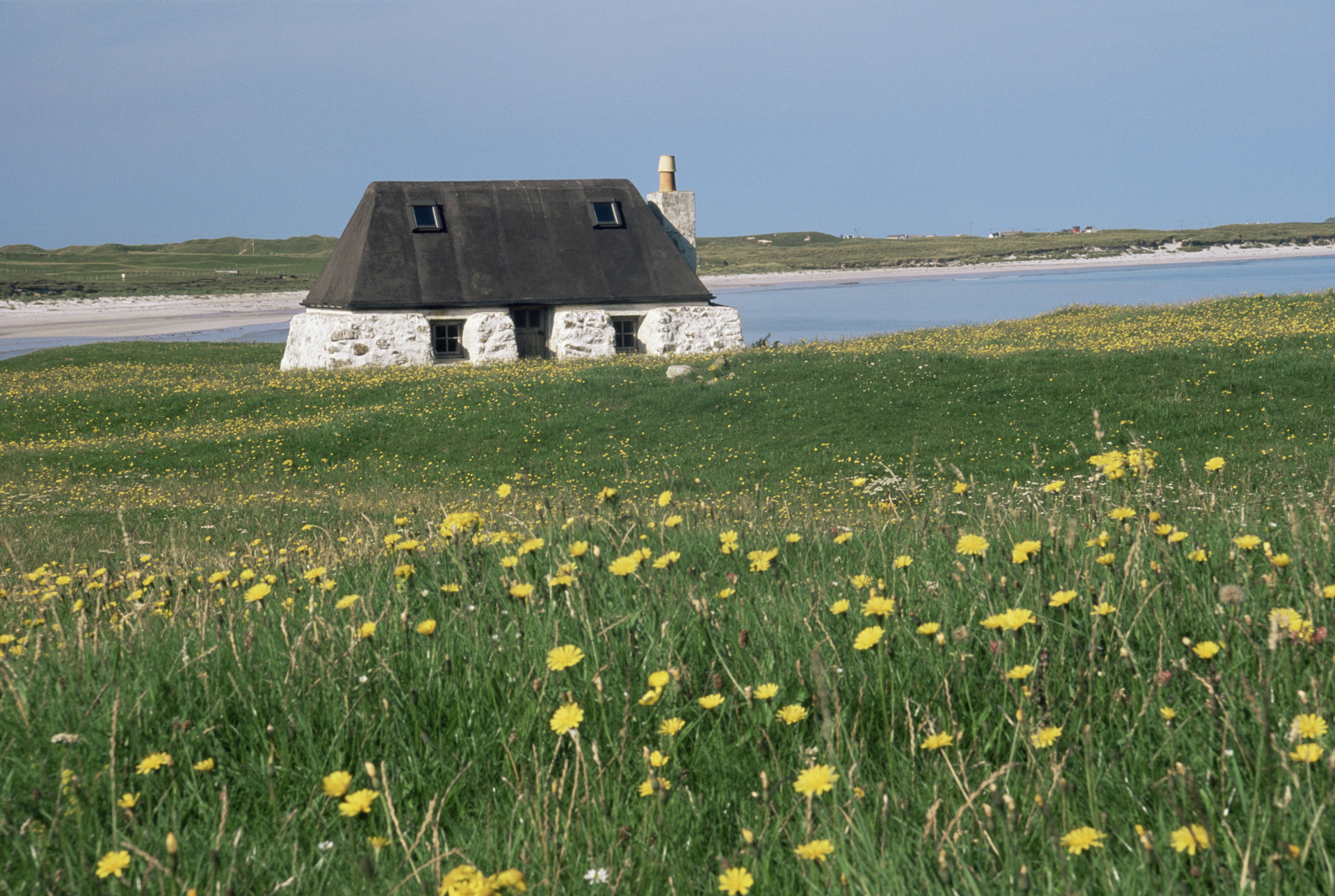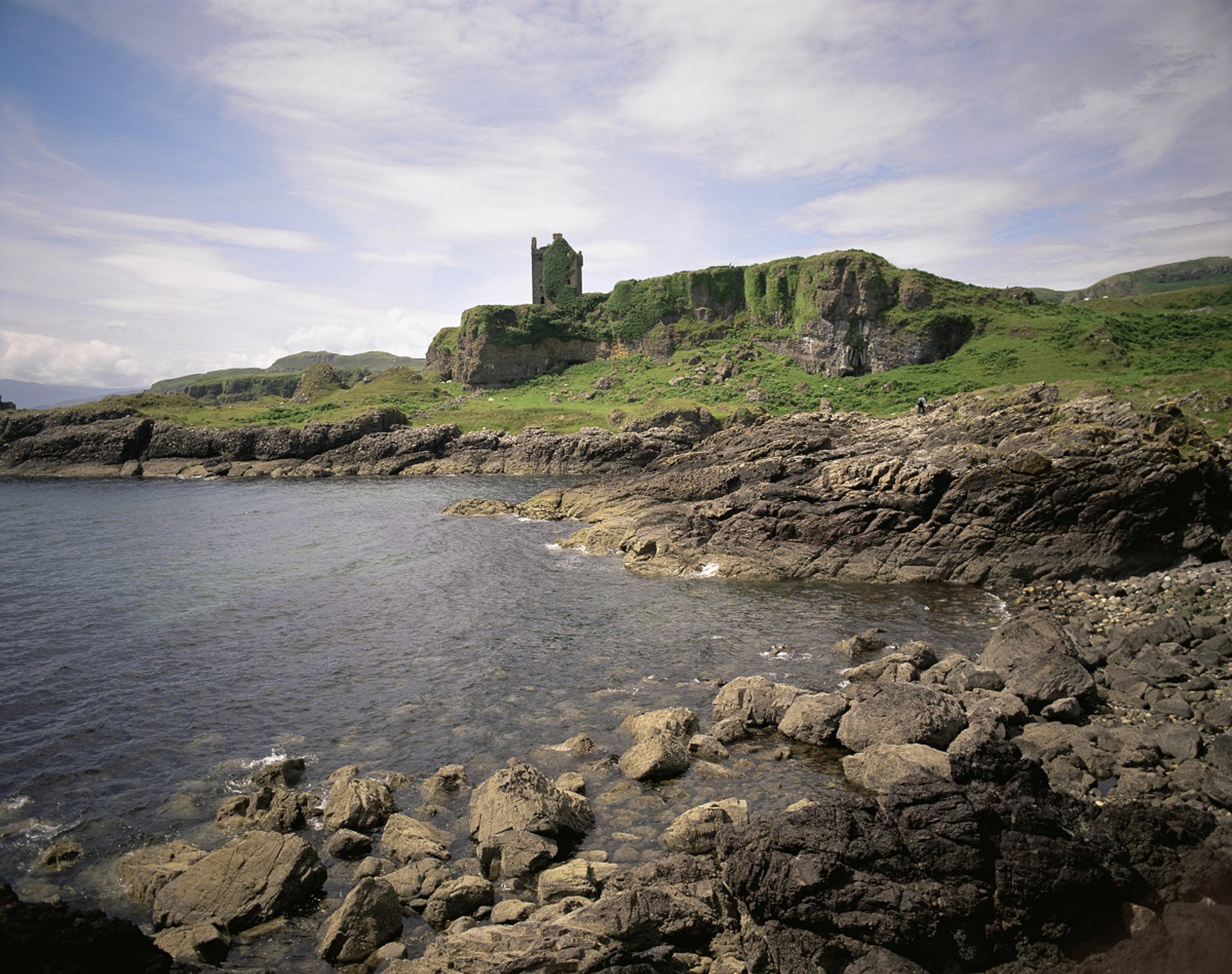
Hebridean Islands
Oban, Gateway to the IslesFrom Oban, it’s just a short ferry ride away to enchanting isles such as Kerrera, Lismore, Mull, Iona and Coll & Tiree plus many more.
Outdoors activities abound, from relaxing boat tours, cycling, beach combing, diving, hill-walking, kayaking or fishing; it’s easy to get out in the pure island air and leave the workaday world behind.
Scotland's largest ferry operator, Caledonian MacBrayne, or CalMac Ferries as they are known locally, operate an extensive service from Oban. During the summer months the company offer a range of Day Trips from Oban including whale watching and a wildlife adventure tour.
Up to the minute information on sailing times, ticket prices and special deals can be obtained from Calmac.

KERRERA & LISMORE
Beautiful Kerrera is Oban’s closest island neighbour and can be seen from most parts of the town. The ferry journey from Oban to Kerrera takes just a few minutes. The island is a walkers’ and cyclists’ paradise, with quiet tracks and stunning scenery.
You can reach the smaller north part of Kerrera via a short ferry ride from Oban’s North Pier for a stroll around Hutcheson’s Monument, a Victorian memorial to one of the founders of the Caledonian MacBrayne ferry company.
If you fancy a bit more of a hike, catch the south Kerrera ferry and attack the walking trail that circles the island and visits the moody ruins of Gylen Castle. Built in the late 1500s by Duncan MacDougall and burned in 1647, the castle is remarkably well preserved, and its location on a rocky peninsula atop steep cliffs is particularly dramatic.
A little further away is the Isle of Lismore, a gem of an island, perfect for gentle walks and cycles, whilst being surrounded by water and wildlife. And all this located close to the mainland via a short ferry trip from Oban or Port Appin. Lismore is only about ten miles long and one mile wide so you will still be able to see a great deal. There is a cafe and historical centre which is well worth a visit.
THE SLATE ISLANDS
Another rewarding journey takes you south of Oban over the famous "Bridge over the Atlantic" to the Island of Seil, and by boat to Easdale Island with its fascinating history of the Scottish Slate industry.
Following the defeat of the Jacobite Army at Culloden and Bonnie Prince Charlie's subsequent flight from Scotland, the Government banned the use of the Gaelic language and the wearing of tartan and the kilt. The Islanders from Easdale and Seil would change from their traditional garb at the Inn beside the bridge before crossing to the mainland. The inn to this day is still known as 'Tigh an Truish' - "the house of the trousers".
The ferry to Luing leaves regularly from North Cuan, Seil, which is 16 miles south of Oban and is served by bus service. You can take your car, but keen cyclists may want to rent a ride at Luing Bike Hire - at only six miles long and relatively flat, a bike is the perfect way to see this historic and beautiful island.
Stop at the beautifully designed Atlantic Islands Centre, where you can learn about the history and geology of the islands, along with art exhibitions and a local history and genealogy reference library. Visit the gift shop, which showcases work from local and regional artistes and follow your nose to the café and fuel up with yummy hand-baked goodies or a hot lunch.
SEIL
The island's main village, Ellenabeich, comprises neat white terraces of workers cottages that featured in TV and films including Para Handy and Ring of Bright Water.
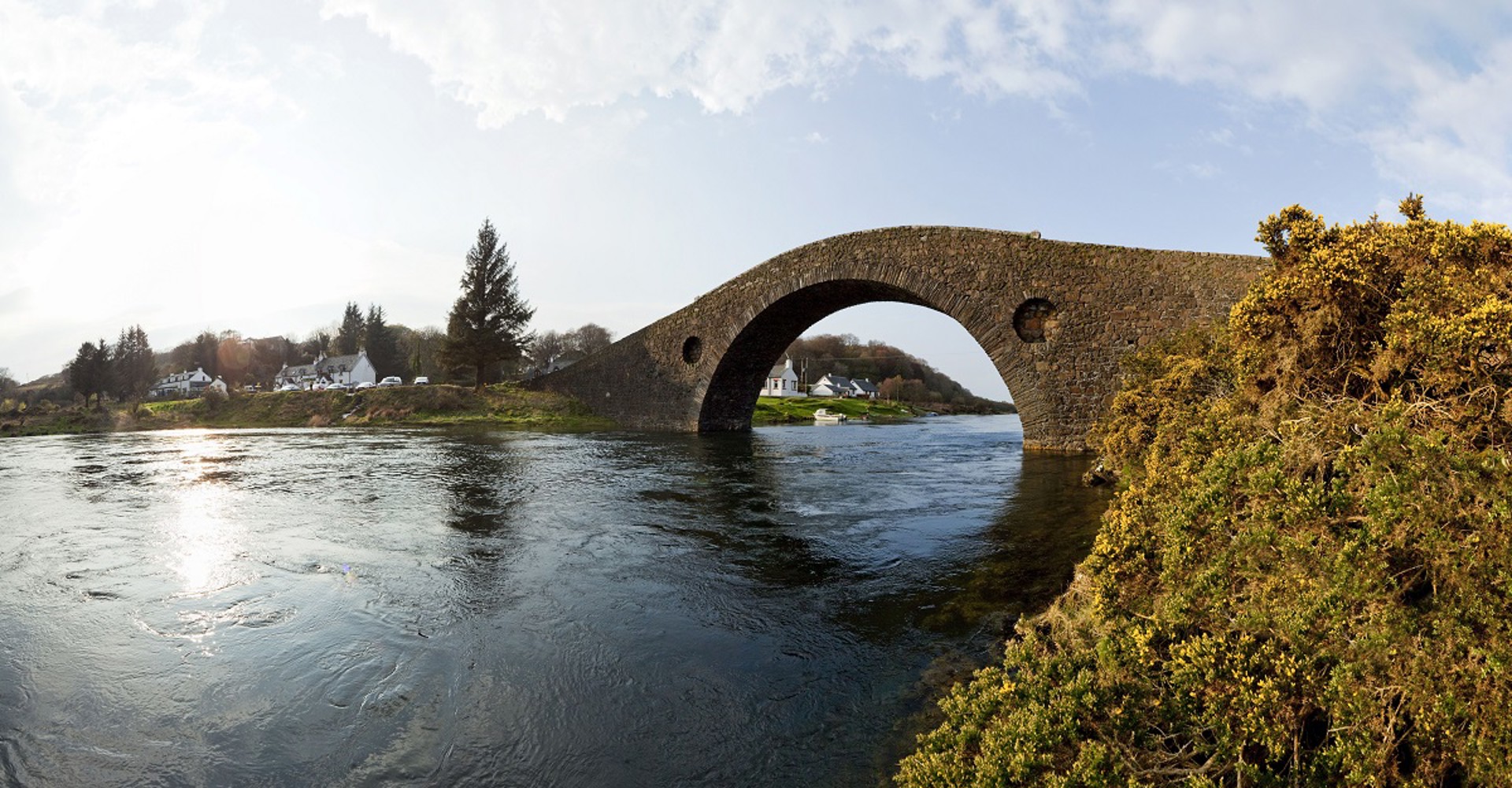
EASDALE
The island boasts an interesting Easdale Folk Museum, unique community hall and is home to the annual World Stone Skimming Championships.
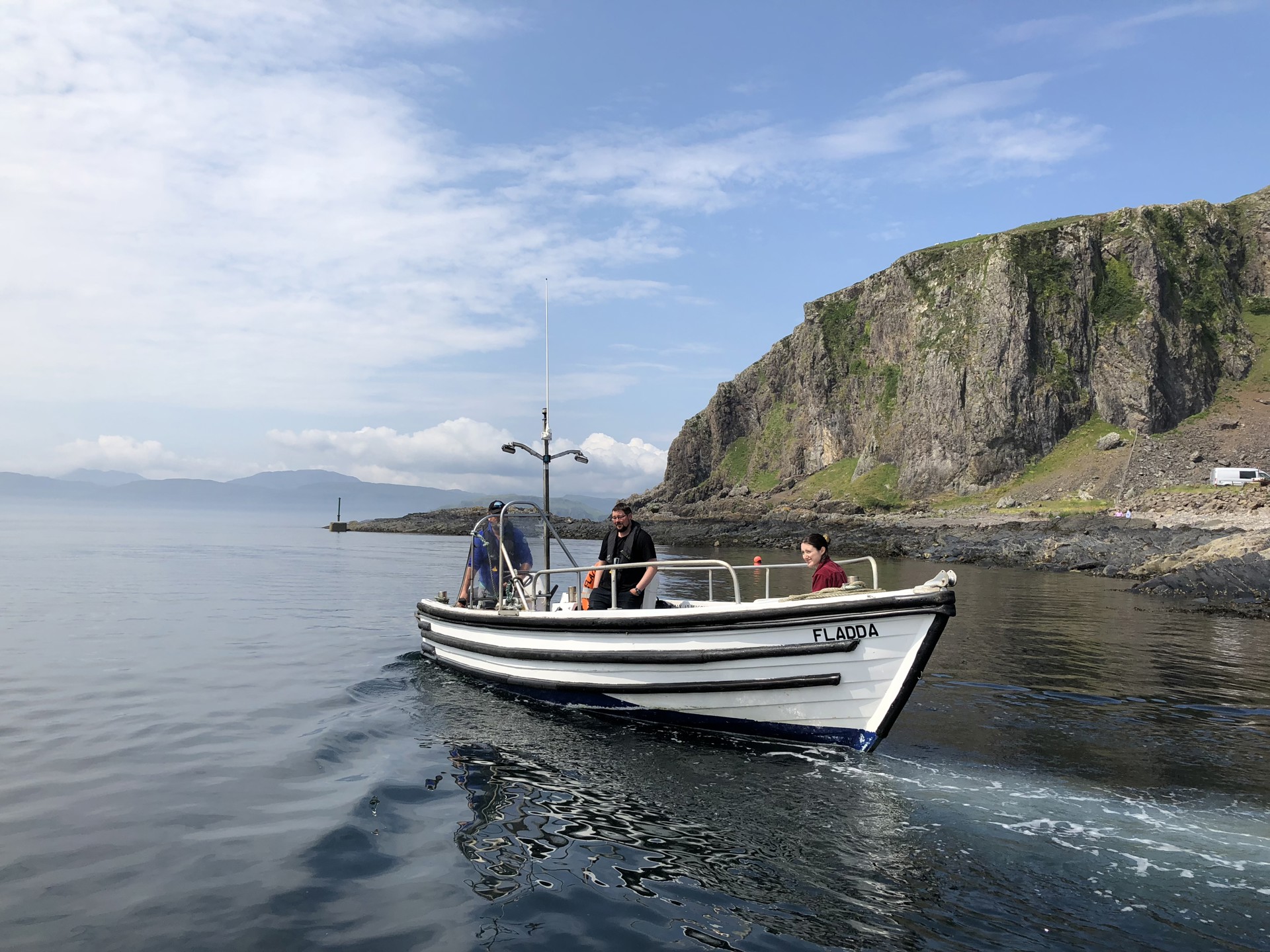
LUING
Luing boasts picturesque villages and stunning views to Scarba and the Garvellachs. It is an ideal location for a cycling or walking holiday, or for simple relaxation.
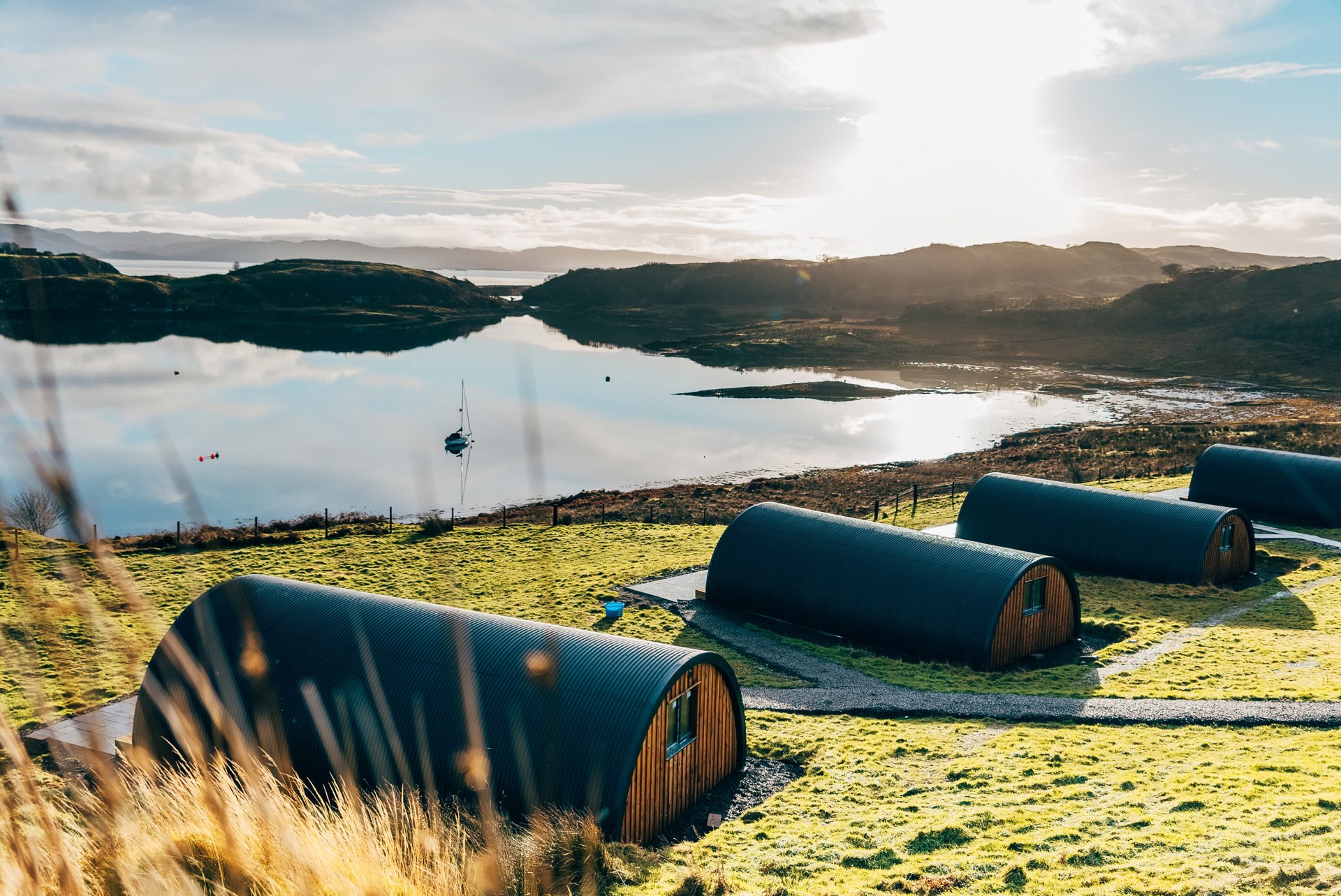
MULL, IONA & STAFFA
Boasting spectacular wildlife and scenery, outstanding seafood, and unique castles, Mull is genuinely up there with some of the world’s best tourist destinations. It is so much so that Lonely Planet has listed ‘Going Wild on Mull’ as its guide to 40 unique experiences in Europe.
Referred to as ‘Eagle Island’ by some, the Isle of Mull is the best place in the area to see white-tailed and golden eagles. Mull boasts some of the best sea life tours in the world and is one of the top places in Europe to spot whales.
Known as the cradle of Christianity in Scotland, Iona is a magical isle. From the founding of an abbey by St. Columba in the 6th century to its current reputation as a leader in fair trade and ecotourism, this tiny emerald island off the western shore of Mull captures the hearts and spirits of those who make the pilgrimage.
Visitors can take a short foot passenger ferry to tour the abbey and graveyard, where they can view the fascinating collection of carved crosses and stones. These, along with reproductions of illuminated manuscripts, are thoughtfully displayed and interpreted throughout the church and grounds.
Lying six miles west of Mull, Staffa is formed of basalt rock in hexagonal columns created millions of years ago by volcanic eruptions and a vast blanket of lava that spread into the Atlantic Ocean.
Years of waves crashing against these columns created the magnificent Fingal’s Cave, which inspired Felix Mendelssohn to write his famous overture, The Hebrides. Famous visitors included Queen Victoria, Robert Louis Stevenson, and John Keats, all of whom fell under the island’s spell. The island came into the care of the National Trust for Scotland in 1986 and was designated a National Nature Reserve in 2001.
COLL & TIREE
The Isle of Coll is a real hidden gem amongst Scotland’s Hebridean islands. Situated around 40 miles west of Oban, and accessed via a 3 hour ferry journey, the island offers a tranquil retreat from the hustle and bustle on the mainland. With numerous sandy beaches and an abundance of wildlife, Coll rewards the intrepid explorer looking for an island adventure.
The Isle of Coll is a great size for getting out and about – big enough to find your own peace and quiet but small enough so that you won’t get lost! With a local population of just over 200 people, don’t be surprised if you choose a beach for the day and find that you have it all to yourself.
Known as the ‘sunshine isle’, Tiree is blessed with the most hours of sunshine in the UK and is home to some of the best beaches in Scotland.
If you seek tranquillity, freedom of space, and clean pure air, the Isle of Tiree has it all. Including, its own home grown Tiree Music Festival which is a true island adventure and one of the most stunning festival locations in the world.
With no woodland and only three sizeable hills on an otherwise flat landscape, there is nothing to obscure the views. Enjoy the beautiful beaches, lush greenery and wild flowers, or windsurfing for the more adventurous, including the Tiree Wave Classic every October.
DISCOVER OBAN, LORN & THE ISLES
OBAN TOWN CENTRE
Oban is bustling ferry port and main town of Argyll & the Isles. There is a fantastic mix of accommodation, lots of great independent shops, restaurants, cáfes and attractions.
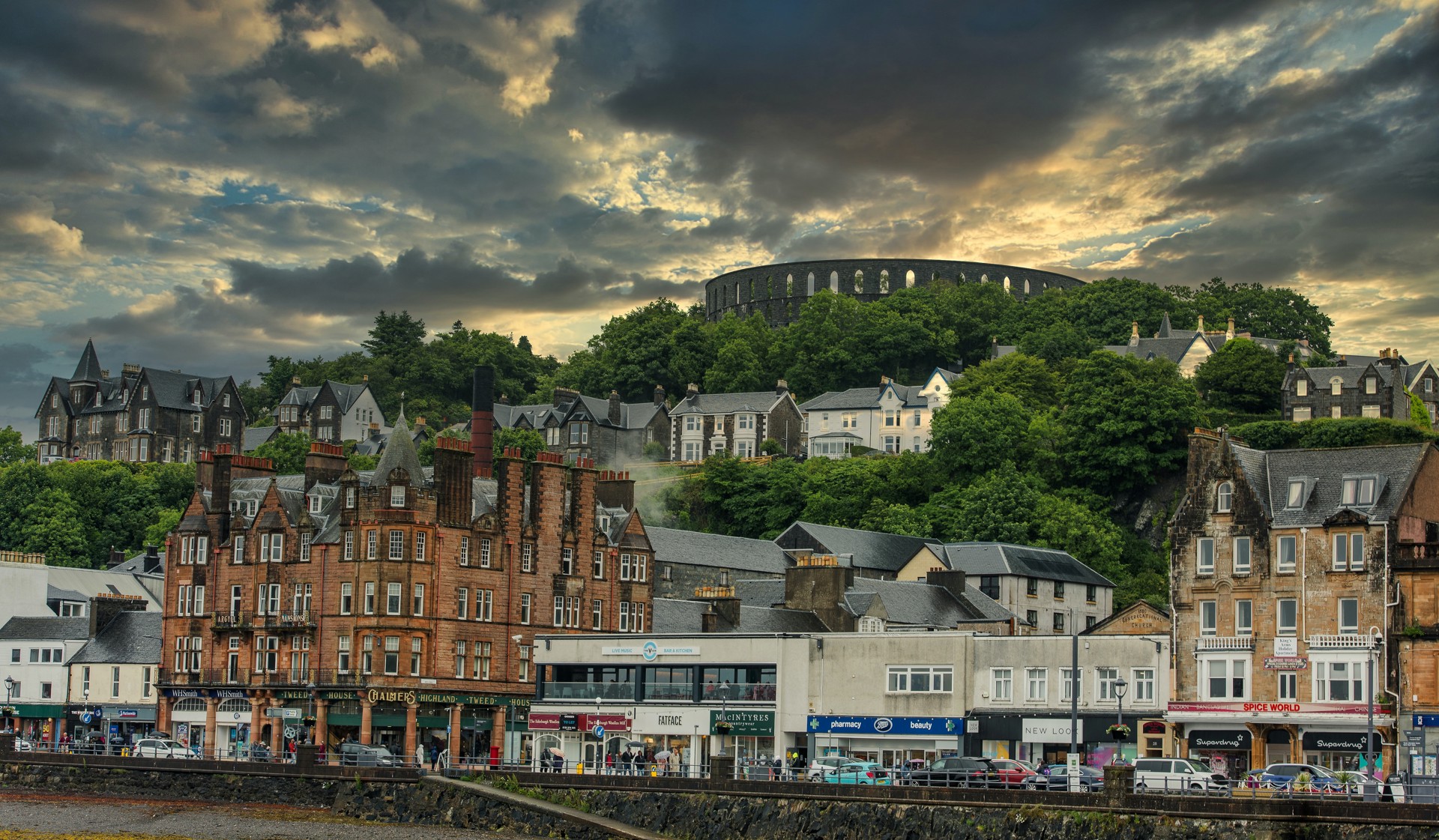
AROUND OBAN & LORN
Oban is surrounded by miles of dramatic shores and beautiful countryside, with a myriad of villages and great days out exploring the surrounding area.
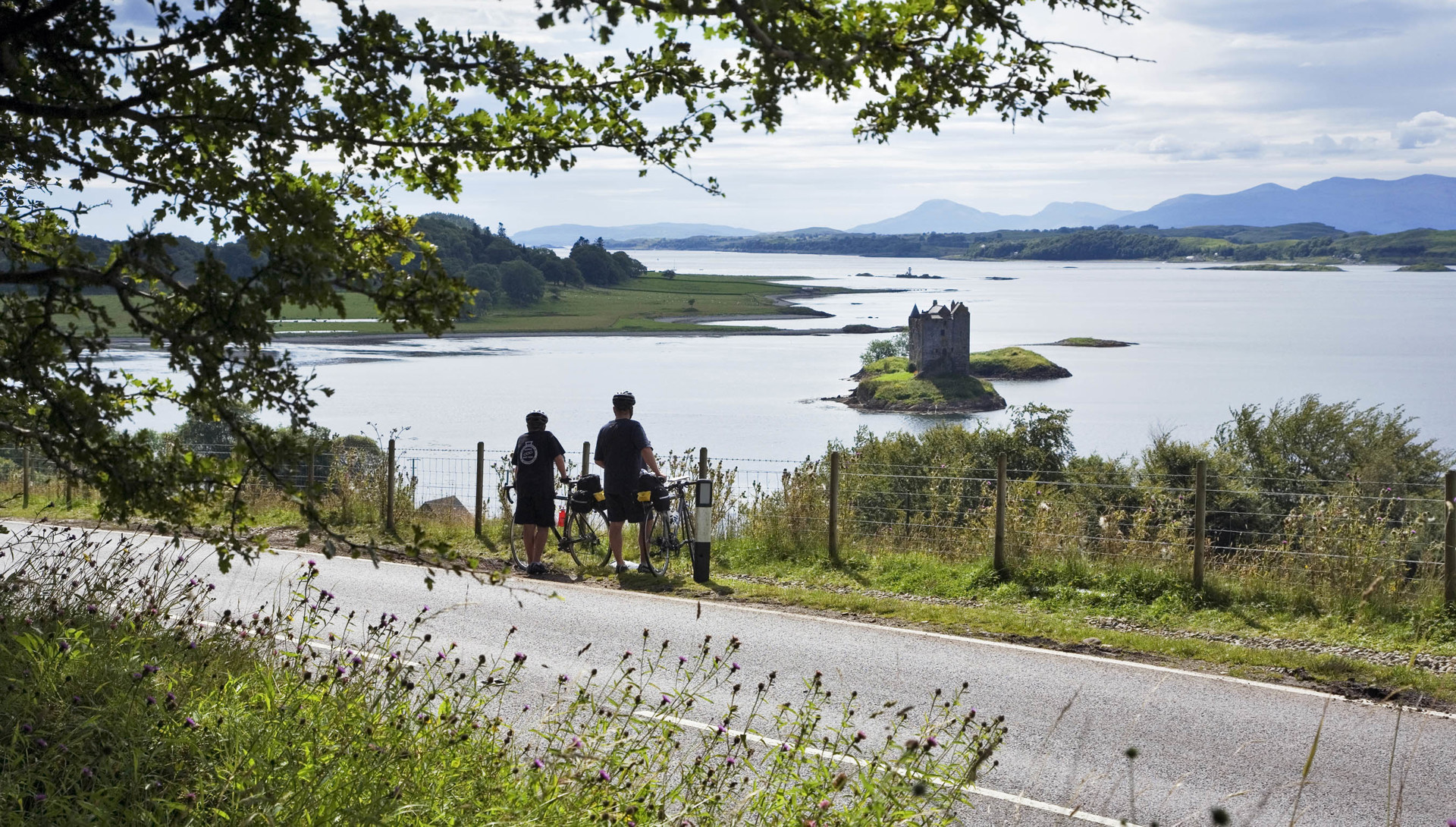
Explore Oban, Lorn & the Isles

Whether it’s seafood, whisky, chocolate or ice cream, our larder is overflowing with delectable edibles.

No matter how you like to explore or get active, you’ll find world class experiences.

From modern luxury in the heart of Oban to family-friendly self-catering, we have just the place.

Looking for clothing, whisky, shoes, soaps, jewellery, art, souvenirs or just a little something for yourself?
